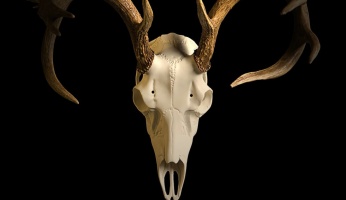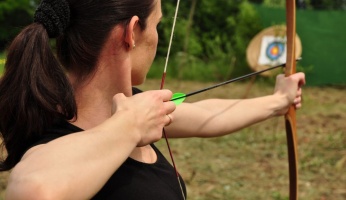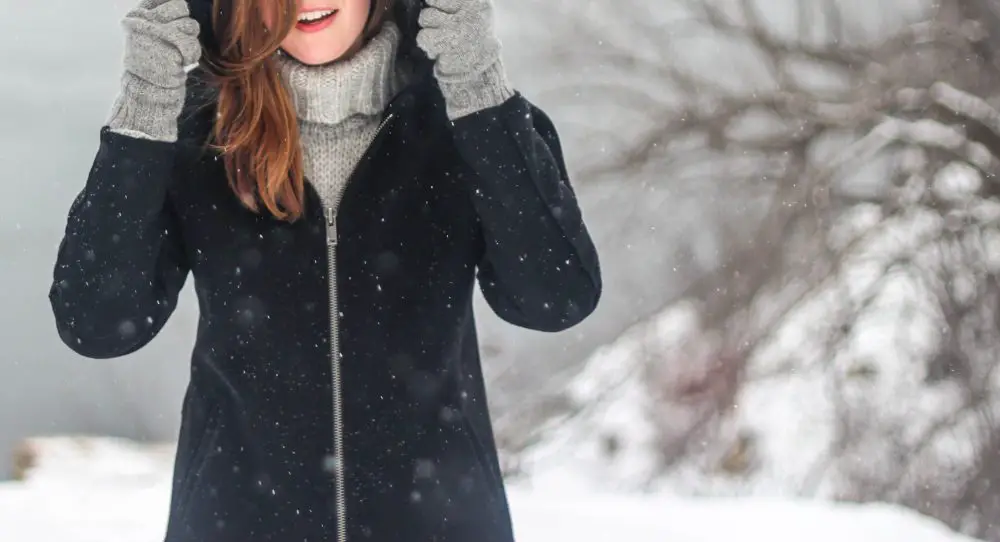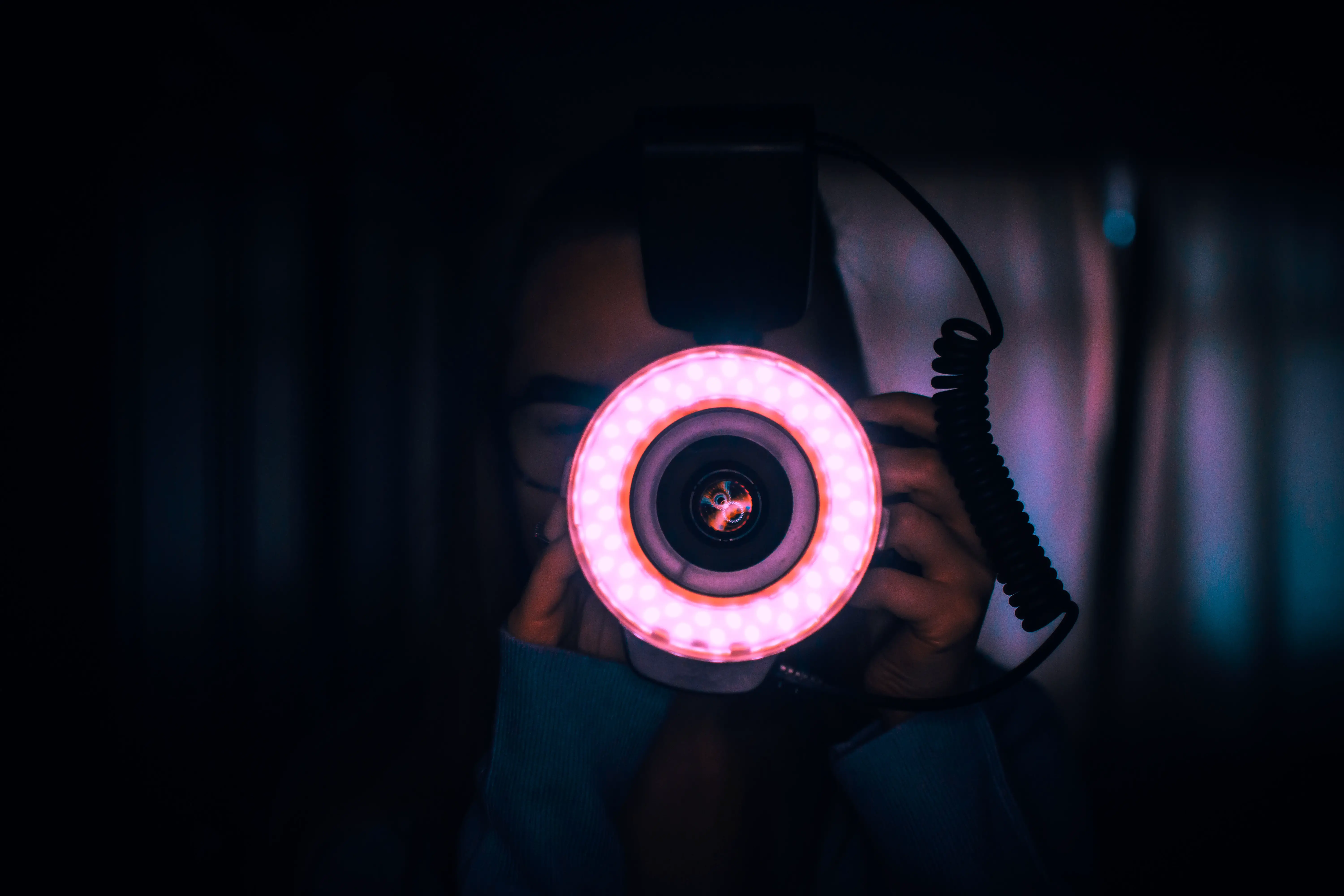How to Clean & Field Dress a Rabbit for Consumption: Complete Guide
 How to Clean & Field Dress a Rabbit for Consumption: Complete Guide
thegearhunt.com
How to Clean & Field Dress a Rabbit for Consumption: Complete Guide
thegearhunt.com
(Disclaimer: Article Contains Graphic Imagery & Content)
The meat of a rabbit is one of the healthiest meats available for consumption. Rabbit offers a higher amount of protein per serving, along with a lower percentage of fat than beef, pork, or even chicken. This is due to the food that a rabbit will consume in its lifetime, searching out meals such as alfalfa, or even some berries.
Eating rabbit is not very popular in the United States, most of us think of rabbits more traditionally as pets. This is why rabbit meat can be very costly to purchase when you can find it. Most of the time when you do find rabbit meat, it has been imported from other countries such as China. This is due to the fact that you can’t legally hunt, and then sell your kill for others consumption within the United States. Since the demand for rabbit meat is so low, you also won’t find too many rabbit farms within the United States raising rabbits for slaughter. Which is why those who do consume rabbits normally hunt them from the wild.
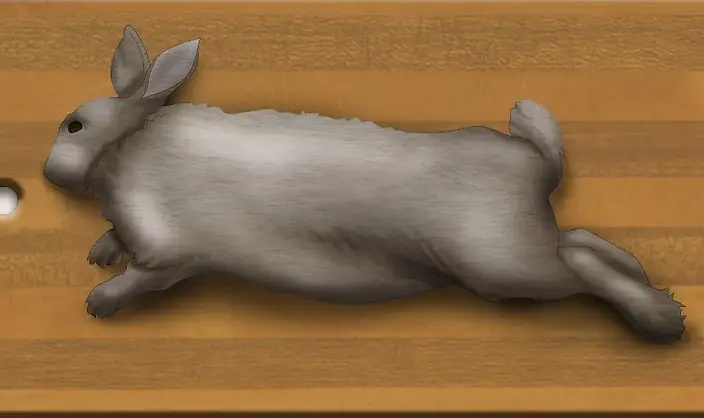
When it comes to eating rabbit, that age-old expression, “it tastes like chicken” rings true for the flavor of rabbit meat. The meat from a rabbit will have a stronger, earthy flavor than that of chicken. Since rabbit meat is so comparable to chicken, you can prepare rabbit meat in the same style and recipes that you do with chicken.
If you want to avoid the hassle of finding rabbit on the market while cutting the cost to your wallet, as in some places rabbit can be found for as much as $10-$15 a pound you could hunt and kill your own rabbit. Doing so allows you to put a protein source on your table for little to no cost at all. You will, however, need to field dress and butcher your rabbit as well. Here you will find step by step directions for doing just that, making this process so much easier for you.
Removing the Skin of a Rabbit
Field Dressing a rabbit is much like field dressing a deer, the only real difference is that with a rabbit you would normally remove the skin before opening it up. Where with a deer, you do exactly the opposite. Removing the skin from a rabbit is a relatively simple process and can be done with the following steps:
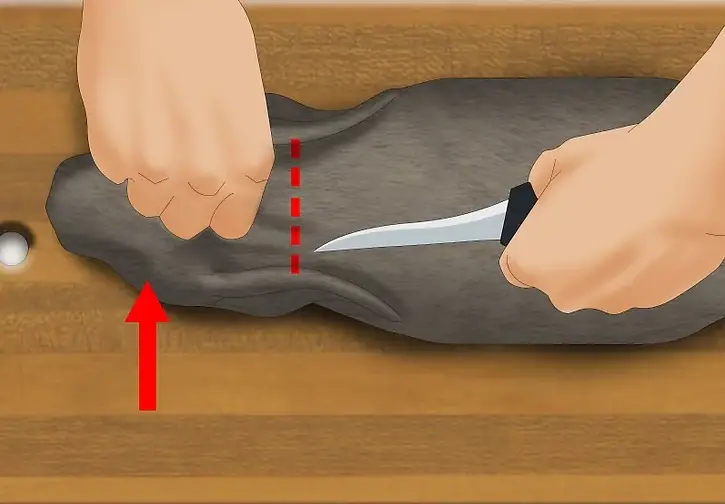
- Start by using the blade of your knife to make an incision in the skin. To select a spot, simply pinch the skin, and make your incision into the pinch. You can make this incision across the back of the rabbit.
- Grab ahold of the skin, one hand on either side of the incision, pull the skin from the body. This should be fairly easy to do on a rabbit, once finished, you will need to cut the tail, feet, and head from the body to fully remove the skin.
Dressing the Rabbit
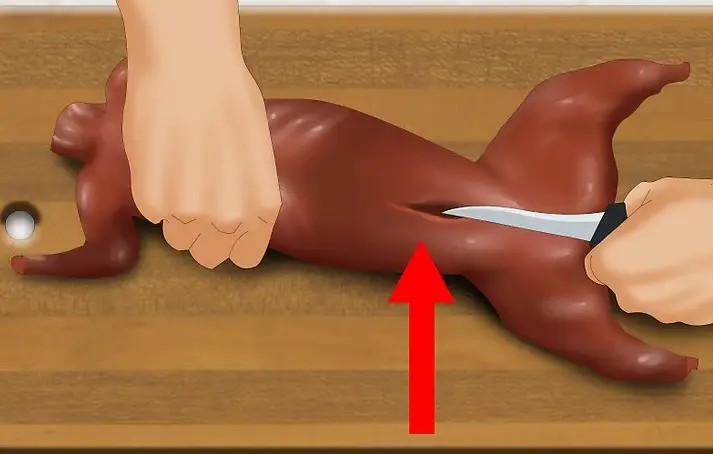
- After you have finished skinning the rabbit, you can start the process of removing the internal organs. Begin by putting your rabbit on its back, now make a shallow cut into the belly of the rabbit, right by the anus of the rabbit.
- Once you have made this shallow cut, it is important to place two of your fingers into the cut, this will allow you to lift the skin away from the internal organs as you continue making your cut up through the ribs of the rabbit.
- The next step is for you to remove the organs of your rabbit, this can be done rather easily if you are ready to get your hands a little dirty. First, you will put two of your fingers into the chest cavity of the rabbit, now you will need to press down until you feel the spine on your fingers. Using one continuous movement, while still holding downward pressure, move your fingers down toward the pelvis of the rabbit. This should remove all of the rabbits’ internal organs for you.
- Be sure to cut into the bone within the pelvis to be sure that all of the colons have been removed. Also, double check the chest cavity of the rabbit to be sure it is clean, sometimes further tissue will need to be removed.
- At this point, if your the type that likes to cook and eat some of the internal organs such as, the heart, liver, or kidneys this is when you harvest them for cleaning. Cleaning them will consist of trimming any leftover connective tissue. If this will be your first time eating such organs, watch for signs of a healthy liver. A healthy liver will be extremely red in color, if you find one that is muddy looking, or contains spots these are unsafe to eat.
Butchering a Rabbit
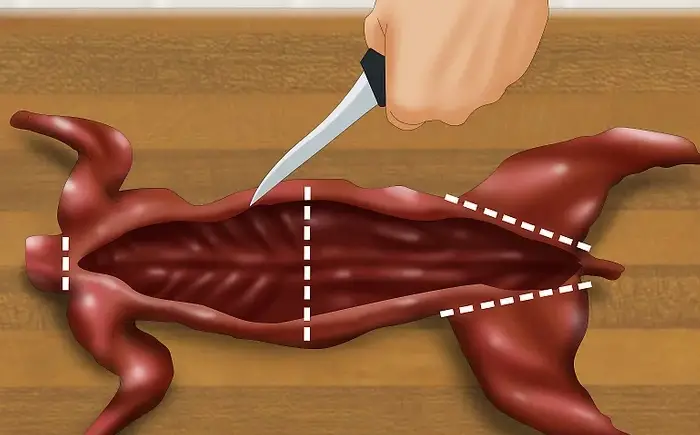
Now that you have killed, skinned, and cleaned your rabbit the last step for processing your rabbit for consumption is to butcher the rabbit. If you are fortunate enough to live near a butcher shop, you could ask them to do this portion for you. But seeing as how you already have your hands dirty from cleaning the rabbit, why not go all the way and finish the process yourself.
- The first step in this process is to clean your rabbit inside and out. You can achieve this by using your kitchen sink and putting the rabbit under the running water.
- For better tasting rabbit, it is best to remove the thin skin layer and any fatty tissue spots. This can be time-consuming, but for flavor definitely worth the time it takes. If you are unsure what you are looking for, the skin of a rabbit is reminiscent to that of the silverskin you find on the back of a rack of ribs.
- Starting at the front legs, which by the way are not held on the body by bone, so they can be removed easily. Simply cut as close to the ribs of the rabbit as you can to remove the maximum amount of meat.
- Now it is time to remove the meat from the belly section of the rabbit. Some will leave this portion, for the others, it is one of the better sections of meat. To remove cut from the area of the loin all the way up to the ribcage of the rabbit.
- Taking off the back legs is a relatively simple step, cut into the meat, exposing the hip joint. From there simply break the legs off the joint with your fingers. This can be done easily as rabbit bones are nowhere near as thick as the bones of larger animals.
- At this point, if you prefer you can cut off the pelvis portion of the rabbit along with the ribs. These two sections won’t offer very much value when it comes to meat, but they can be used for making broth for stew or soup.
- The last portion of the rabbit that we come to is the loin, this runs along the spine of the rabbit and can be separated into three pieces by cutting them. You have successfully completed the butchering of your rabbit, keep in mind the first few times you try to do the butchering yourself, it may not look very pretty until you have done this a few times.
Tips for Cooking Your Rabbit
- Rabbit meat should be cooked to an internal temperature of 160 degrees.
- The meat of a rabbit can be frozen for up to six months.
- You can use any of the following methods for cooking rabbit meat: grill, roast, and fried.
- You can substitute rabbit meat into any recipes that use either chicken, turkey, or veal.
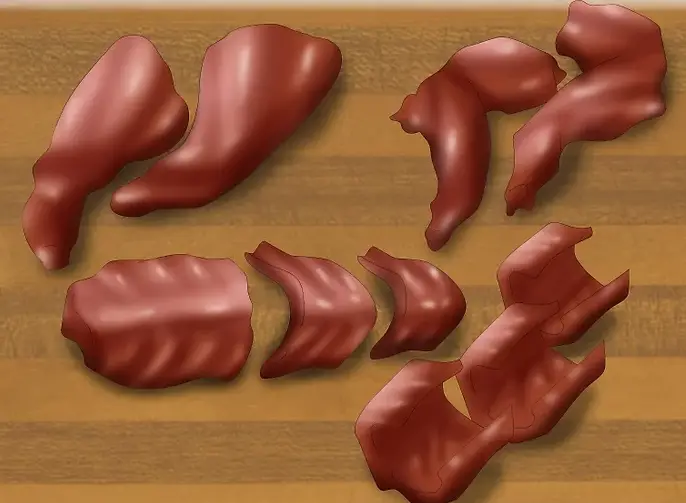
Now that you have gone through this guide it is my hope that you have gained the knowledge you need to test this experience out for yourself. For most people they still think of rabbits as being the Easter Bunny or as pets, making it harder to picture themselves eating or hunting for one. When in fact rabbit is one of the healthiest options out there when it comes to protein, so if you’re willing to give this meat a try you won’t be sorry.
Sources
- www.artofmanliness.com, How to Field Dress and Butcher a Rabbit
- www.outdoorlife.com, Rabbit Skinning Made Easy
- www.huntered.com, Field Dressing a Rabbit
- www.goneoutdoors.com, How to Clean A Rabbit For Eating
- www.riseandshinerabbitry.com, Cooking Rabbit-Hints and Tricks





